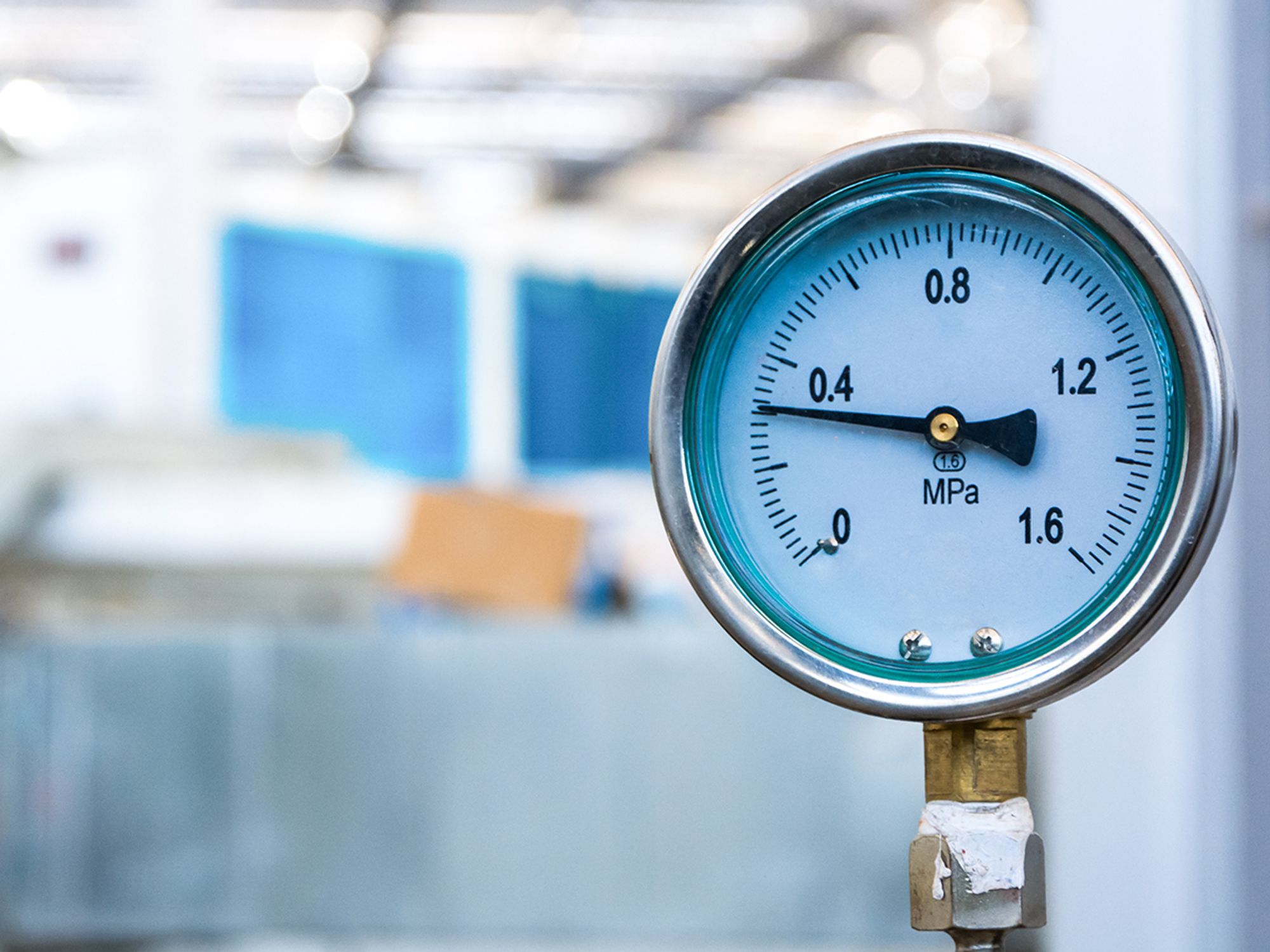Hydrostatic pressure test

- Metal, plastic, and composite packaging intended to contain liquids for transport must pass the hydrostatic pressure test.
- The test is not required for inner packagings of combination packagings.
At periodic intervals and whenever qualifying a metal, plastic, and composite packaging design type intended to contain liquids, a company must perform the hydrostatic pressure test as specified in 178.601(e) and 178.605, and no leakage can occur. This test is not required, however, for inner packagings of combination packagings. For internal pressure requirements for inner packagings of combination packagings intended for transportation by aircraft, see 173.27(c).
Normally, the hazmat regulations require three test samples for each different packaging — although one will suffice for packagings constructed of stainless steel, monel, or nickel. Other exceptions require approval from the Pipeline and Hazardous Materials Safety Administration (PHMSA).
Replace vented closures with similar non-vented closures or seal the vent during the test.
Metal packagings and composite packagings other than plastic (e.g., glass, porcelain or stoneware), including their closures, must be subjected to the test pressure for five minutes. Plastic packagings and composite packagings (plastic material), including their closures, must be subjected to the test pressure for 30 minutes.
This pressure is the one to be marked as required in 178.503(a)(5) of this part. The receptacles must be supported in a manner that does not invalidate the test. The test pressure — as specified in detail in 178.605(d) — must be applied continuously and evenly, and it must be kept constant throughout the test period.
Passing the test
A packaging passes the hydrostatic test if, for each sample, there is no leakage of liquid from the packaging.
